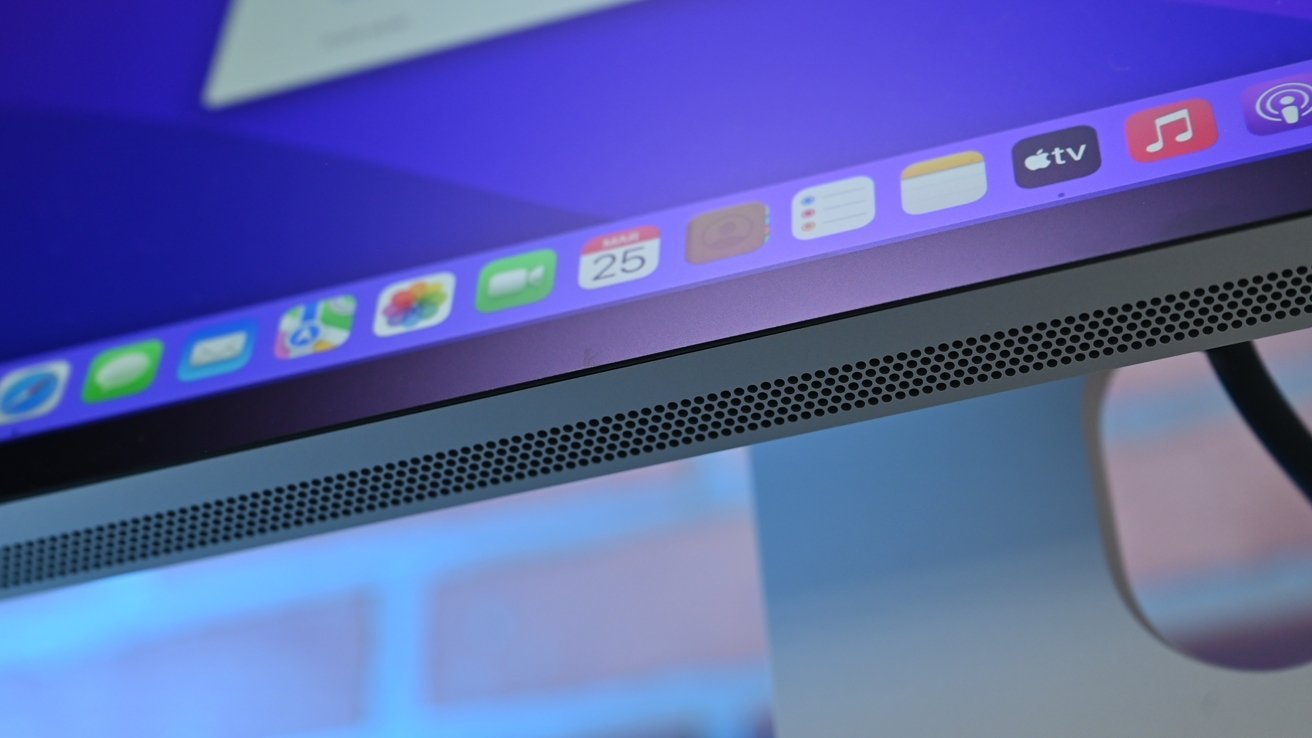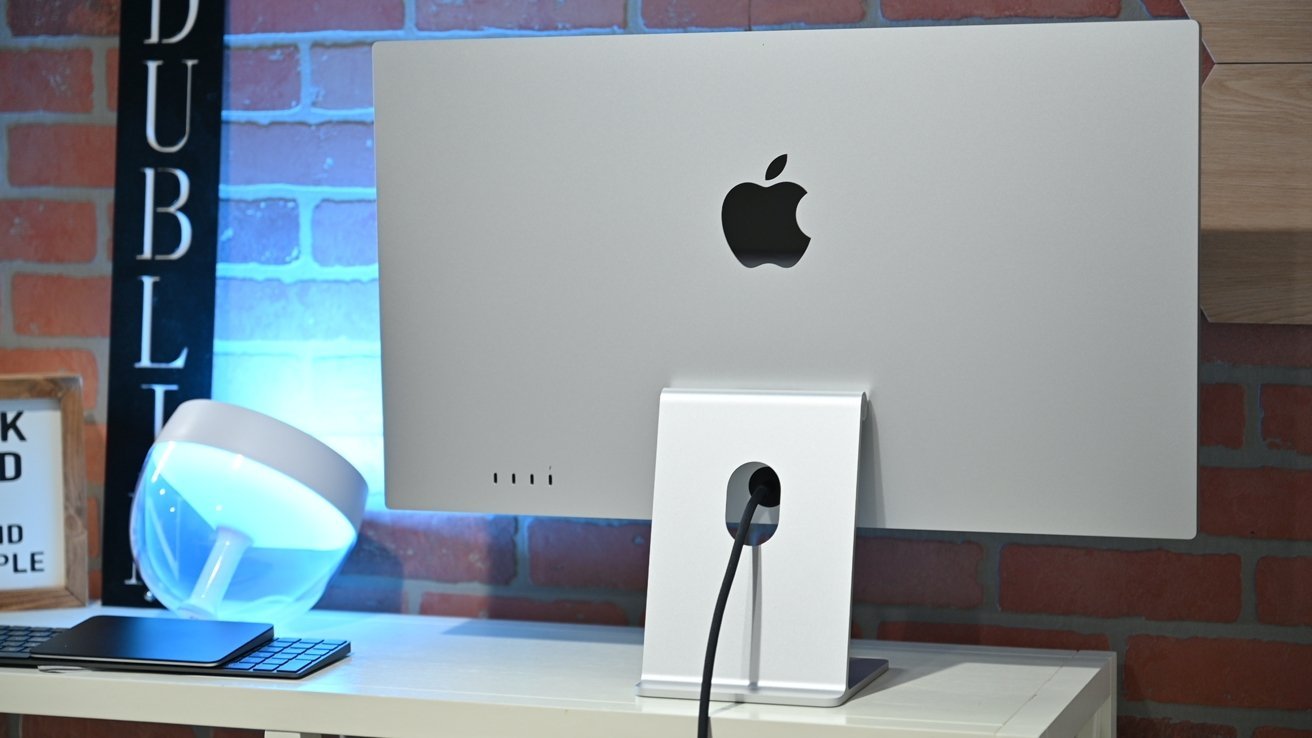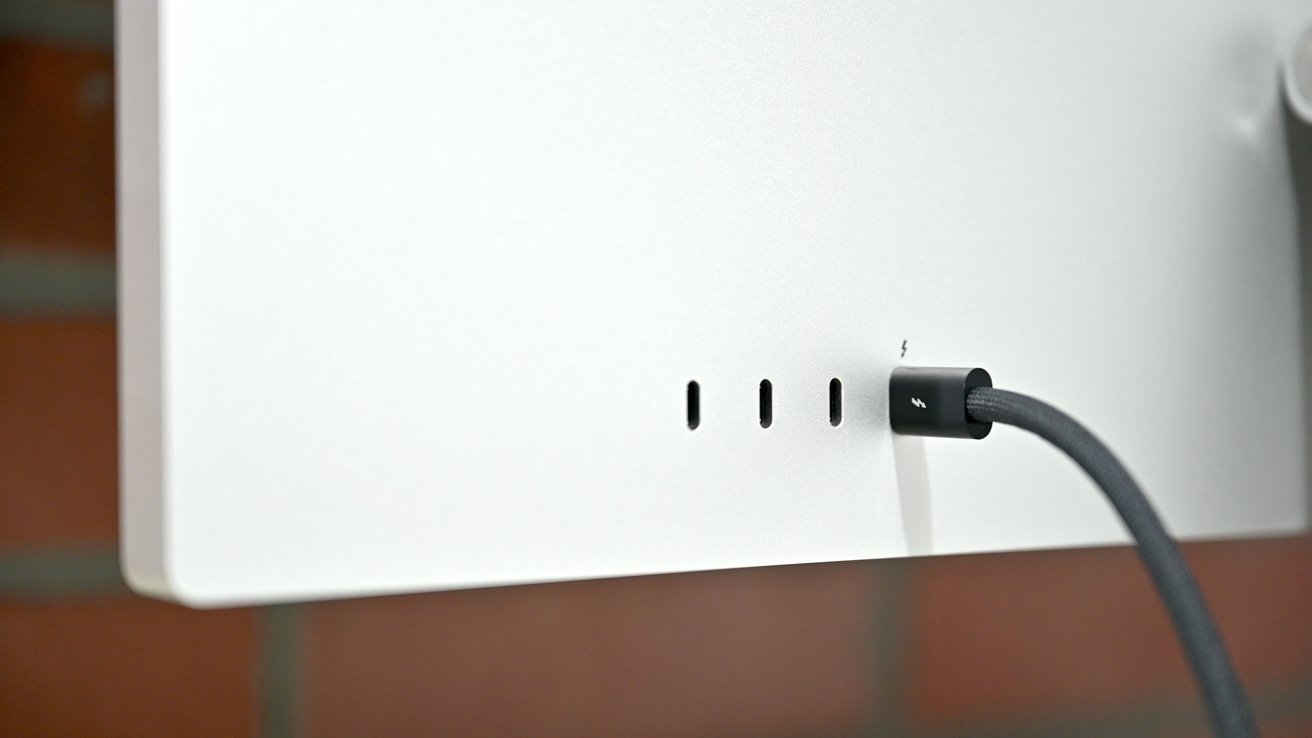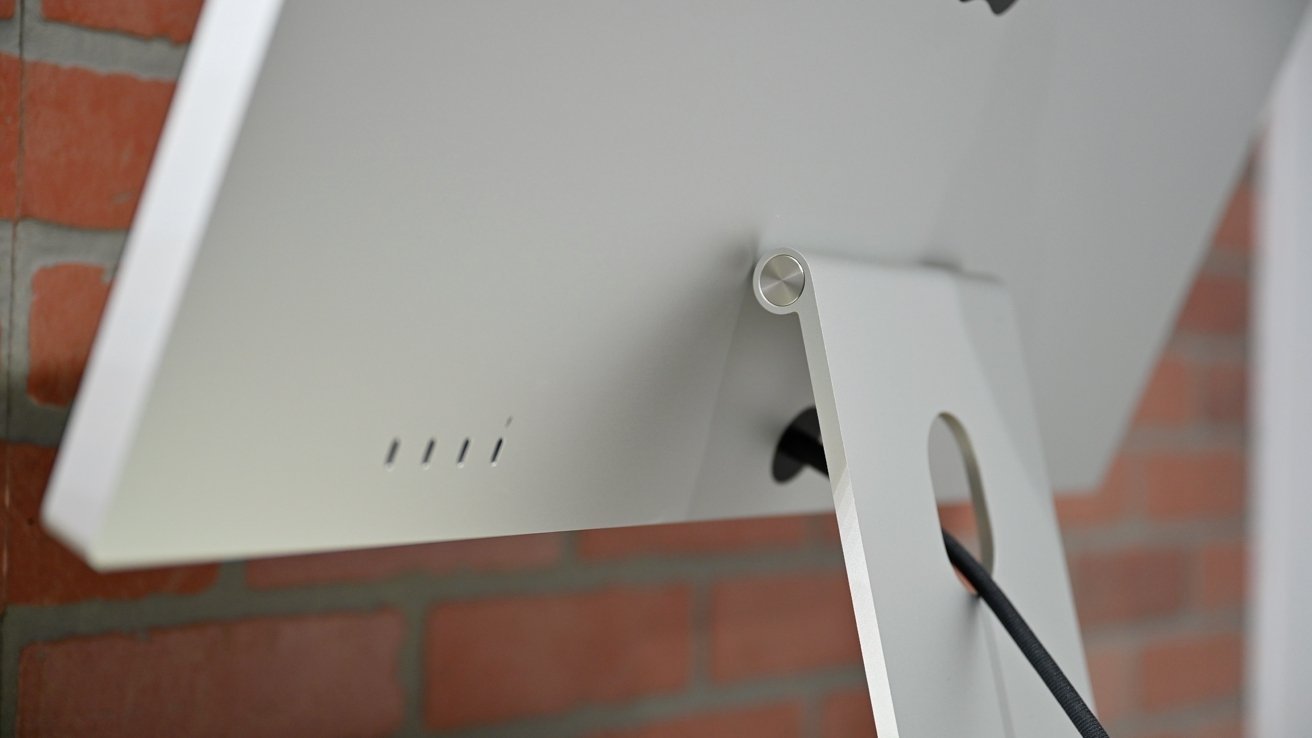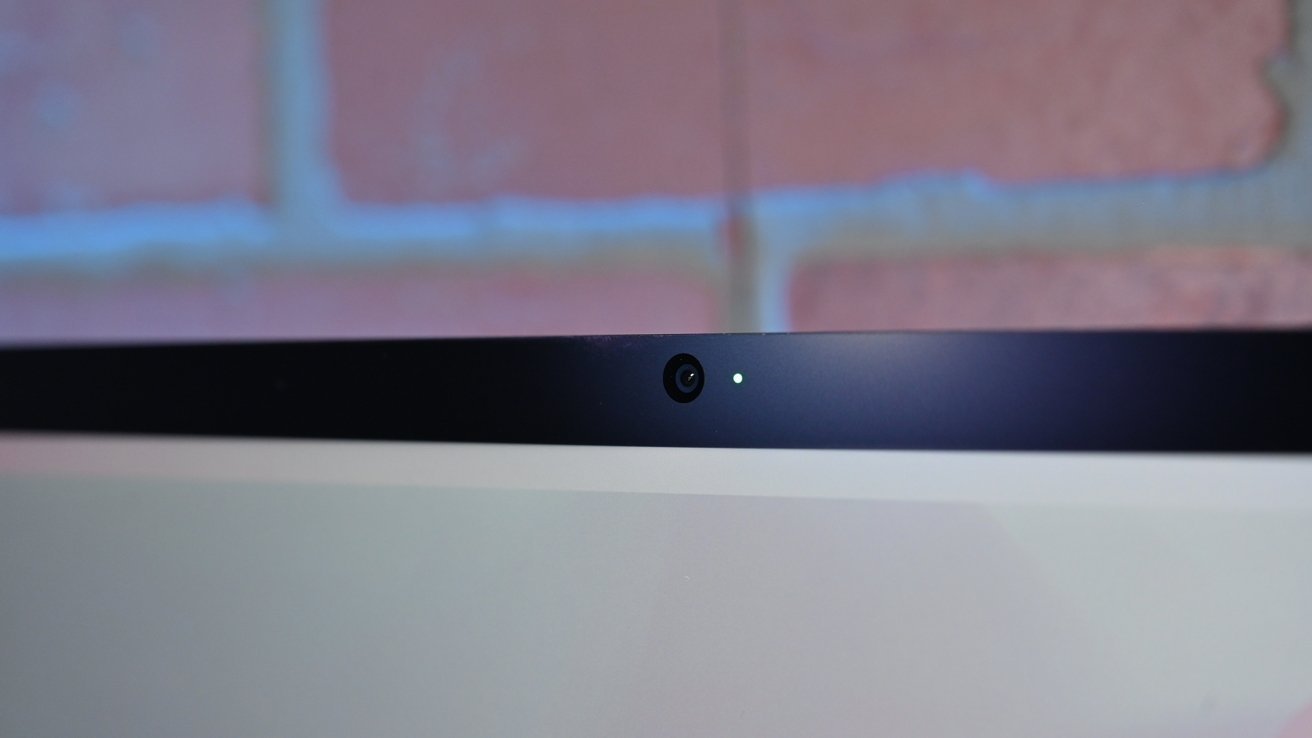The Apple Studio Display is expected to get an upgrade in the not-too-distant future. Here’s what the rumor mill has claimed will be coming.
The Apple Studio Display was launched back in early 2022, making it almost three years old at the time of publication. After a stumbling start, the display has received many firmware updates, improving its capabilities over time.
However, the rumor mill constantly believes that there will be a hardware update on the horizon for the model. One that will bring more features to the premium monitor in its second-gen release.
This is what has been claimed by the rumor mill about the next iteration of Apple’s second-most expensive display.
A switch to MiniLED
The current backlighting system of the Apple Studio Display uses rows of LEDs, which shine through a TFT LCD layer. For a second-gen model, Apple is believed to be switching the tech used for backlighting from LED to MiniLED.
The idea is that Apple could use many hundreds of MiniLEDs for the backlighting, allowing for a more even level of light being emitted to the user’s eyes. With the strategic use of localized dimming, the display could feasibly make sections of the screen much darker than an LED backlight could manage, allowing for much deeper blacks and dark shades of color to be used.
While not quite to the level of OLED on that front, it should be fairly close without the expense.
Rumors on the MiniLED version have circulated not that long after the launch of the original model. Going back to May 2022, Display Supply Chain Consultants analyst Ross Young insisted that a 27-inch MiniLED monitor was to be produced by Quanta, but COVID-19 lockdowns derailed the plans.
Young also said the display was on track for an October 2022 release. Later in the year, Young said an early 2023 release was on the cards, but that too didn’t happen.
By February 2023, Young said that there were no signs of the display entering mass production, and so a release wasn’t imminent.
In April of the same year, Young then said Apple had “killed off the 27-inch display completely.” While Apple had made some supply chain progress in 2022, it was paused “at least for now.”
Just one day later, TF Securities analyst Ming-Chi Kuo proposed that the screen was to enter mass production in 2024 or early 2025, complete with the MiniLED backplane.
Things went pretty quiet about the new Apple Studio Display until February 2025, when Young raised the prospect of the display once again, complete with Mini LED.
Resolutions and sizing
The current Apple Studio Display has a 5K Retina screen, with a resolution of 5,120 by 2,880. The next one may be a lot higher than that.
The monitor was said back in March 2022 to have a 7K display. This works out to be a lot higher than the 6K panel used in the Pro Display XDR.
At the time, the high resolution was thought to mean Apple was planning to change the size of the screen. At 32 inches, this would give the new monitor a pixel density of 245ppi, higher than the 218ppi of both monitors.
For Apple to reuse the 218ppi pixel density, a 7K screen would have to measure at around 36 inches.
The early 2025 rumors, however, indicate that Apple would be using the same size of display as the existing model. Young’s claim was that the focus would be on the backlighting change, while retaining the 27-inch size and 5K resolution.
A February 2025 rumor from Bloomberg also said that the new model will be “roughly” the same size of screen.
Both the Pro Display XDR and Apple Studio Display have a maximum refresh rate of 60Hz. The next display may go further than that.
In November 2024, an anonymous rumor sent to the Upgrade podcast claimed that Apple would be upping the refresh rate to 90Hz in a new model.
Due to the nature of anonymous rumors, there’s no way to determine the track record of the leaker, or whether it is valid.
ProMotion was brought up in Young’s February 2025 claim, mentioning the feature by name., but not the refresh rates involved.
As a feature, ProMotion on an iPad Pro or a Pro-grade iPhone can go up to 120Hz. It’s also an adaptive refresh rate, which can change from the highest to very low rates, depending on the content being viewed.
It’s plausible that a 120Hz refresh rate could be used on a new monitor, as other displays on the market can go even higher than that.
Thunderbolt 5
The rest of the specifications of the new Apple Studio Display are pretty much unknown, but it’s likely to follow the same formula as the existing model. For example, having an onboard A-series chip to handle processing duties, as well as the image signal processing of the built-in webcam.
However, there are two features that are entirely plausible for Apple to employ in a future display, even if they’re not brought up in rumors.
The first is Thunderbolt 5, the latest connectivity standard Apple is starting to use in its hardware, such as the M4 Mac mini. With it being incorporated into Mac and MacBook Pro models, it makes sense for support to be included in a new display.
While Thunderbolt 4 offers up to 40Gbps of bandwidth, Thunderbolt 5 provides a lot more.
For a start, Thunderbolt 5 can handle 80Gbps of bi-directional bandwidth, or up to 120Gbps for asynchronous connections. This latter one is intended for video-intensive usage rather than pure data.
Part of that can be explained by the capabilities of each connection. Thunderbolt 4 can handle a single 8K-resolution screen or two 4K screens at 60Hz.
Thunderbolt 5 can deal with multiple 8K displays at once, or three 4K screens at 144Hz. When pushed, it could even support a single display at up to 540Hz.
Then there’s power, with Thunderbolt 4 supporting 100W and Thunderbolt 5 dealing with up to 240W through a single cable.
Adding Thunderbolt 5 is a no-brainer for Apple, especially since the bandwidth can be used by other Thunderbolt devices connecting to the display and using its connection.
Curves
The other plausible option is more unlikely, but there’s still an outside chance: a curved screen.
In February 2024, Apple applied for a patent titled “Privacy Films for Curved Displays,” a revision of an already granted patent in 2023.
The patent specifically referred to a covering layer on the curved screen, similar to a polarizing film that limits the output to someone sitting in a specific spot.
While not discussing the production of a curved display, and not serving as evidence that one’s on the way, it does at least indicate someone within Apple has thought about it.
It’s also quite reasonable to think about Apple creating a curved display separate to a Mac. With the exception of the all-in-one design of the 24-inch iMac, the MacBook Pro and MacBook Air are notebooks, and therefore they require the use of flat displays.
If Apple were to create a curved screen, one of its external monitors or a future iMac are the most likely candidates to use one.
Arrival time
Obviously, Apple’s release schedule is shrouded in mystery, and we usually have to look at release patterns to properly estimate the next model’s introduction. However, for the Apple Studio Display and even the Pro Display XDR, there haven’t been any second-gen releases, making pattern-spotting impossible.
What we do have are the best guesses of rumor merchants. This is relatively unscientific and unreliable, especially considering previous claims of a release have already passed by the dates without a new model launch.
The current rumors as of February 2025 has Young claiming an introduction later in 2025. By contrast, Bloomberg said a few days later that an actual release will instead occur in 2026, with it marketed as a companion item to an M5 MacBook Pro.
In either case, consumers wanting a new Apple Studio Display have a long wait ahead of them. That is, if the rumors turn out to be correct this time.


